The twelve steps to heal the emergency room
The procedures that will prevent clogging in a department that "does not have a workload bigger than other similar realities" were presented
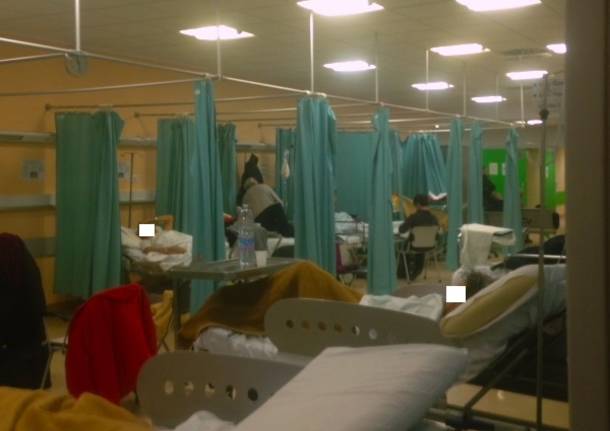
Reorganization, fast track, minor codes, radiologist “24h”. The recipe to solve the problem of the emergency room has been unveiled by the council member Mario Mantovani to the Chief Physicians of the hospital of Varese, who were gathered in the meeting.
The twelve steps have been defined by the group of five experts that, for a month, have studied the activity of ER Varese. Once the report had been drawn up, the same Mantovani had come to Varese to announce the solution, but it took more than a month because that announcement was issued within the Circle.
Mantovani spoke about “strategic objectives for the Directorate and which, once carried out, will contribute to solve those problems that have emerged in recent months and which, on the instructions of president Maroni, we want to tackle and definitively overcome”.
HERE ARE THE MEASURES DEFINED BY THE COMMISSION
- MINOR CODES – Strengthening minor codes activities thanks to the extension of the opening hours and of the use of specialized personnel dedicated to the application of controls (a new doctor has already been hired).
- ONLY OUTSIDE PATIENTS – Acceptance to the ER of all patients coming from the territory, excluding those sent by the hospitalization Unit of the same Hospital Corporation or by other Facilities, which will concern and will be managed directly by the same expertise specialized Units without overburdening the Emergency Room.
- STRENGTHENING OF THE FAST TRACK – Expanding the “Fast Track” path, that is the direct dispatch of some patients from the Emergency Room triage of the specialized internal facilities, in the field of protocols, procedures, operative instructions supported by the Health Department. At the Presidium of Circolo are currently activated, in fast track, the fields of Dentistry and Ophthalmology, and Otolaryngology is going to be activated. It is proposed to extend this method also to other disciplines, such as Urology, Dermatology and Orthopaedics.
- RADIOLOGICAL GUARD ROUND THE CLOCK – Activation of the radiological Guard night (to be achieved through collaborations inter – company).
- ORGANIZATIONAL REVIEW – Organizational review of the ER in departmental sense departmental, strengthening in particular the involvement of people who work in the intensive sectors and trauma specialist.
- TAKING CHARGE – Each specialist called or already present in the Emergency Department, when they consider necessary to admit in the hospital the visited patient, they have to ‘take charge’ of the same patient, providing an immediate hospitalization in the hospitalization Unit of his reference where the same must be received in the shortest time possible, in order to avoid that the stationing at the Emergency Department is protracted beyond 12 – 24 hours.
- MANAGEMENT PLAN OVERCROWDING, BED MANAGER, DISCHARGE ROOM – Preparation of a detailed Management Overcrowding Plan (MOP), with the identification of a “bed manager” with the aim of analysing and identifying the organizational criticalities regarding the management of hospital beds also in order to facilitate the protected discharges; evaluation of a proposal for the activation of a “discharge room”, to guarantee a more accurate placement of patients during the day of discharge, with a resulting facilitation of the reception of patients sent by the Emergency Room to hospitalization Unit.
- RESETTING CRITICAL PATIENTS IN THE SHOCK ROOM – The activation of the 10 beds in a new section of Sub-Intensive Therapy fills the lack of a facility health care activity intermediates between ordinary hospitalization and the intensive Cares. The management of these patients, to be entrusted to people who work in the intensive sectors with critical area nurses, thanks to close cooperation with other specialists, will help to manage patients in transition between intensive aid and ordinary hospitalization aid, with an even more effective management of the same patients and resulting of a premature release of beds for higher intensive level. All of this will allow the resetting of the stationing of the patients in the shock room of the Department of Emergency beyond the period necessary for the diagnostic assessment phase of therapy.
- RECEIVING PATIENTS – Acquisition, supported by the ASL (Local Health Authority), the availability of 8 to 10 additional beds for receiving patients from the Facilities already accredited and with a contract for sub-acute hospitalization and rehabilitation.
- DAY-BEDS – Intra-corporate sharing of access parameter to 30 under-acute beds that will be activated in the Hospital of Circolo by the end of 2015 and that will help to lighten the ordinary recoveries and it will make available on time, beds required to accommodate patients from the first-aid.
- CHARACTERIZATION CITTIGLIO AND LUINO – A more important characterization of the Aid of the AO, with the reinforcing of activities that require less organizational complexity at the Aid Spoke, in order to free the resources in Aid Hub.
- ROLE AREU – Reinforcing of the partnership AO – AREU for an even more appropriate direct of patients in the various Aids, an accurate consideration of the reports of occasional and temporary overcrowding and a more concrete cooperation / integration.
“In the matter of the typology and number of patients who every day go to the Department of Emergency Hospital of Circolo, the data don’t show significant differences compared with similar cases in other hospitals of the same organizational level. Emerges, instead, the excessive lengthening of the stay of patients in the rooms of the Department, in all areas where it is articulated”, said Marco Salmoiraghi, coordinator of the working group. “The actions started in the recent past by the company management, but also the decisions of the Lombardy Region to enhance the supply of 10 inpatient beds of critical area (under-intensive) and 30 beds of under-acute recovery are an important opportunity to value in a broader organizational change project aims to improve the response to the user as a whole. “
TAG ARTICOLO
La community di VareseNews
Loro ne fanno già parte
Ultimi commenti
Emilio Corrao su Balli e abbracci: il flash mob di Cocquio Trevisago per dire “no“ alla violenza di genere
principe.rosso su Gallarate "capitale" della remigrazione: il comitato di estrema destra annuncia un presidio in città
Felice su Vandalizzate le lucine di Natale al Sacro Monte di Varese
PaoloFilterfree su Martelli: "Sovranisti a parole, genuflessi nella realtà. Così l’Italia si perde"
MarcoCx su Incendio nella notte in una fabbrica a Groppello di Gavirate, decine di uomini impegnati
Felice su Martelli: "Sovranisti a parole, genuflessi nella realtà. Così l’Italia si perde"

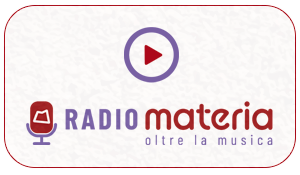

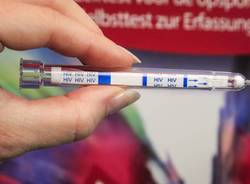




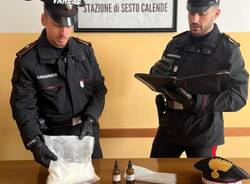

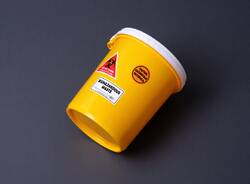

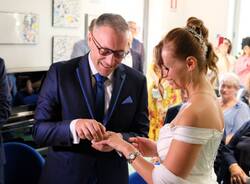



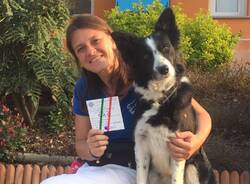


Accedi o registrati per commentare questo articolo.
L'email è richiesta ma non verrà mostrata ai visitatori. Il contenuto di questo commento esprime il pensiero dell'autore e non rappresenta la linea editoriale di VareseNews.it, che rimane autonoma e indipendente. I messaggi inclusi nei commenti non sono testi giornalistici, ma post inviati dai singoli lettori che possono essere automaticamente pubblicati senza filtro preventivo. I commenti che includano uno o più link a siti esterni verranno rimossi in automatico dal sistema.